SpaceX’s Starlink has expanded its satellite internet coverage to include the entire US and announced an upcoming ‘Direct to Cell’ service.
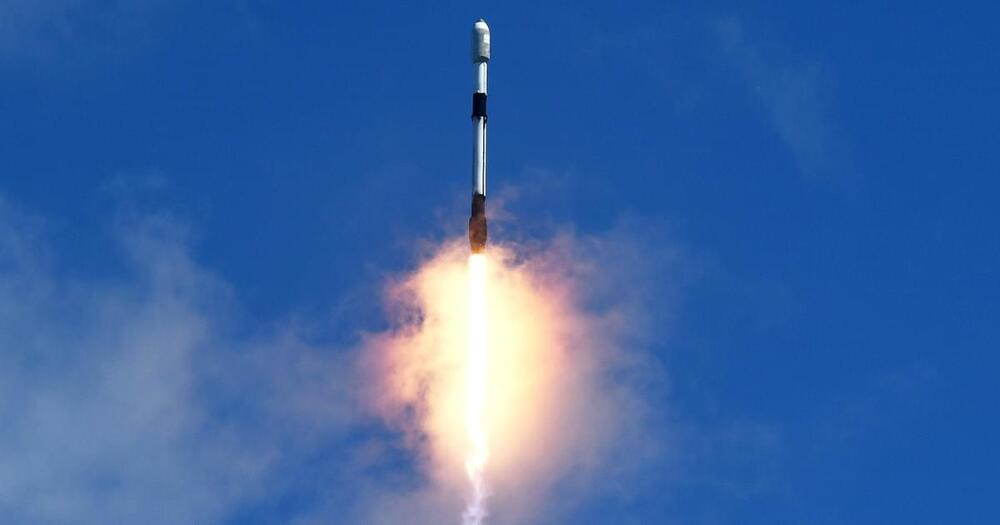

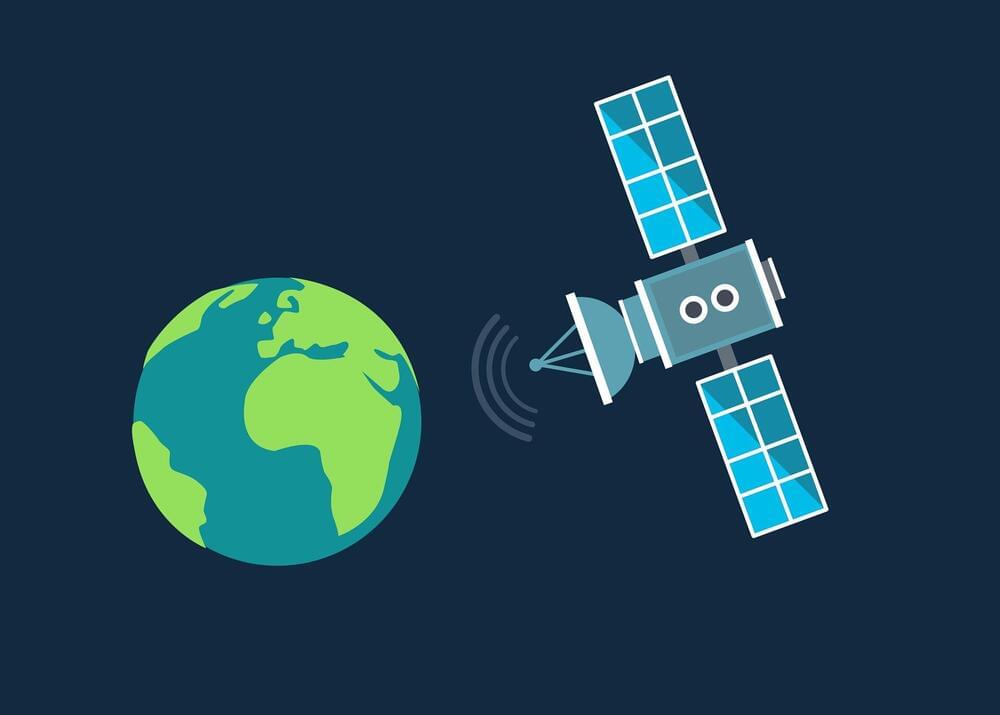
One of the main barriers involves how to connect objects to the internet in places where there is no mobile network infrastructure. The answer seems to lie with low Earth orbit (LEO) satellites, although the solution presents its own challenges.
A new study led by Guillem Boquet and Borja Martínez, two researchers from the Universitat Oberta de Catalunya (UOC) working in the Wireless Networks (WINE) group of the university’s Internet Interdisciplinary Institute (IN3), has examined possible ways to improve the coordination between the billions of connected objects on the surface of the Earth and the satellites in its atmosphere.
The paper is published in the IEEE Internet of Things Journal.

Elon Musk traveled to Bali this weekend to officially launch Starlink, the SpaceX satellite internet service, in Indonesia this Sunday.
At a launch event with ministers in a health clinic in Indonesia, Musk stressed the significance of providing internet access to far-reaching corners of the vast archipelago, comprised of 17,000 islands across three time zones.

Microwave dielectric ceramics are the cornerstone of wireless communication devices, widely utilized in mobile communications, satellite radar, GPS, Bluetooth, and WLAN applications. Components made from these ceramic materials, such as filters, resonators, and dielectric antennas, are extensively used in wireless communication networks.

WASHINGTON: The most powerful solar storm in more than two decades struck Earth on Friday (May 11), triggering spectacular celestial light shows in skies from Tasmania to Britain — and threatening possible disruptions to satellites and power grids as it persists into the weekend.
The first of several coronal mass ejections (CMEs) — expulsions of plasma and magnetic fields from the Sun — came just after 1,600 GMT, according to the National Oceanic and Atmospheric Administration (NOAA)’s Space Weather Prediction Center.
It was later upgraded to an “extreme” geomagnetic storm — the first since the so-called “Halloween Storms” of October 2003 caused blackouts in Sweden and damaged power infrastructure in South Africa. More CMEs are expected to pummel the planet in the coming days.

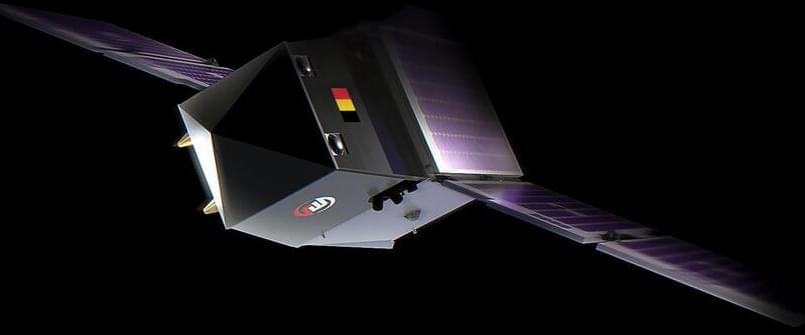
WASHINGTON — Redwire Space is doubling down on interest in the emerging market for very low Earth orbit (VLEO) satellites by offering a second spacecraft platform from its European subsidiary.
In a May 9 earnings call, Redwire announced a VLEO satellite platform called Phantom, developed by the company’s European business unit in Belgium. Phantom is being developed for the European Space Agency’s Skimsat mission, on which Redwire is partnered with Thales Alenia Space, and is now being offered for European and international customers.
Phantom joins SabreSat, a VLEO satellite Redwire announced in its previous earnings call in March that is being developed by the company in the United States. The two designs use different technologies.
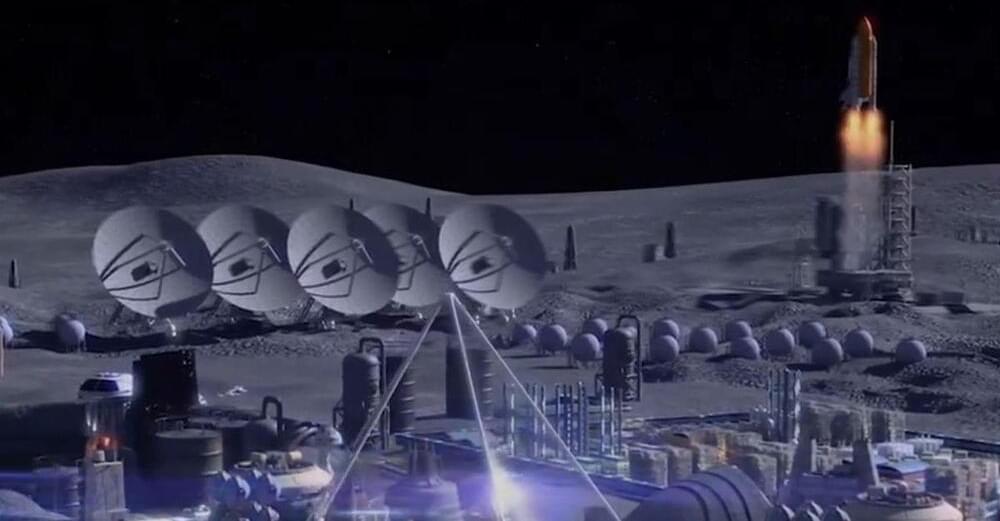

Northrop Grumman and Umbra have been awarded small contracts by the Defense Advanced Research Projects Agency (DARPA) to continue to the second phase of a program designed to collect data from radar-equipped satellites flying in formation and develop innovative algorithms to process the data for military applications.
Umbra’s contract under the Distributed Radar Image Foundation Technology (DRIFT) program is for $6 million and will last for six months and Northrop Grumman’s is for $2 million and covers one year, a DARPA spokesperson said.
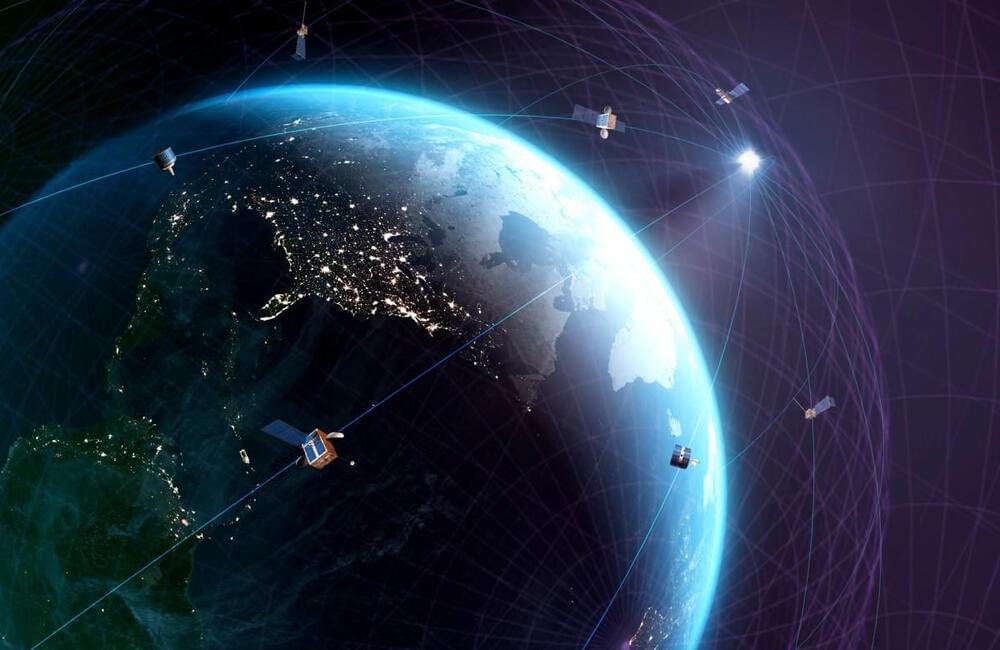
Hubble Network has become the first company in history to establish a Bluetooth connection directly to a satellite — a critical technology validation for the company, potentially opening the door to connecting millions more devices anywhere in the world.
The Seattle-based startup launched its first two satellites to orbit on SpaceX’s Transporter-10 rideshare mission in March; since that time, the company confirmed that it has received signals from the onboard 3.5mm Bluetooth chips from over 600 kilometers away.
The sky is truly the limit for space-enabled Bluetooth devices: The startup says its technology can be used in markets including logistics, cattle tracking, smart collars for pets, GPS watches for kids, car inventory, construction sites and soil temperature monitoring. Haro said the low-hanging fruit is those industries that are desperate for network coverage even once per day, like remote asset monitoring for the oil and gas industry. As the constellation scales, Hubble will turn its attention to sectors that may need more frequent updates, like soil monitoring, to continuous coverage use cases like fall monitoring for the elderly.